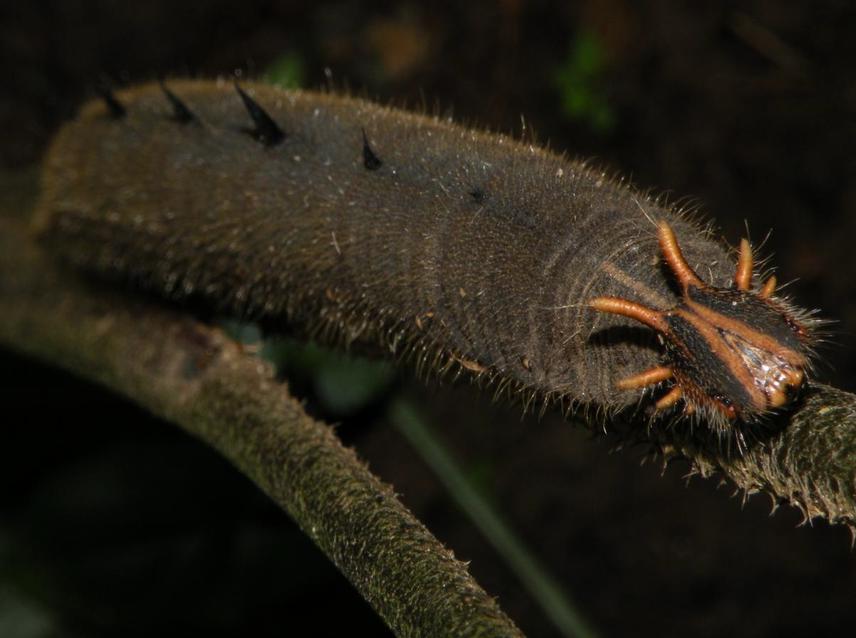Braulio Santos
The main goal of this project is to evaluate how forest fragmentation affects incidence and severity of leaf diseases and insect herbivory in Mexican rain forests with different levels of fragmentation.

Rain forest fragmentation is known to alter or disrupt biotic interactions such as plant-pollinator and plant-seed disperser interactions. Although herbivory and plant parasitism play a relevant role in structuring ecological communities in the tropics, few studies have investigated such ecological processes in fragmented forests, especially from a landscape perspective. In this study we will quantify to which extent forest fragmentation alters insect herbivory and leaf-fungal parasitism in Heliconia spp, a perennial, hummingbird-pollinated, economically important herb. By constraining incidence and severity of fungal and insect foliar damage in low and high-fragmented landscapes, we hope to provide useful information for conservation and sustainable management of this genus largely exploited in the Neotropics as non-timber forest product.
Ten plants of three species of Heliconia will be randomly selected according to their natural occurrence in the study area. Incidence (presence/absence) and severity of injures (% leaf area damaged) caused by insect herbivores and leaf-fungal pathogens will be quantified every six months for each plant, species, fragment, and landscape. Causal agents of biotic damages will be collected and identified. Physical conditions (air temperature, relative humidity, light incidence and soil temperature) and local density of hosts will be measured and related to the incidence and severity of biotic damages.
Project will have a relevant theoretical impact in the search to better understand how ecological processes may be affected by forest fragmentation. Project has also potential to conciliate economical activities with biodiversity conservation in human-occupied forested areas of Mexico. Once we have understood how insect herbivorous and leaf-fungal pathogens attacking Heliconia respond to forest disturbance, we will be able to stimulate the rational cultivation of the genus in biodiversity-friendly cropping systems. We hope to encourage Mexican local communities to plant native Heliconia species in disturbed forests(forest fragments and secondary forests), as an alternative of increasing their incomes and conserving the biological diversity of Mexican rain forests. As the genus Heliconia naturally occurs throughout Mesoamerica, project might be also used in the implementation of the transnational Mesoamerican Biological Corridor, a regional initiative focused in promoting sustainable social and economic development and conserving biodiversity.